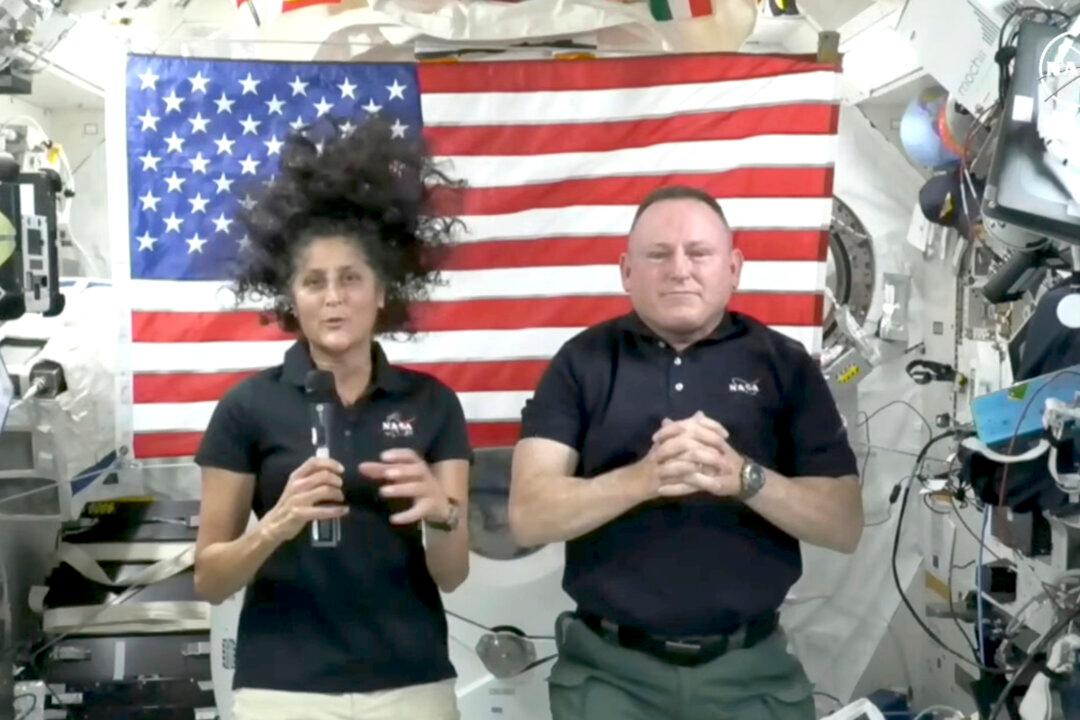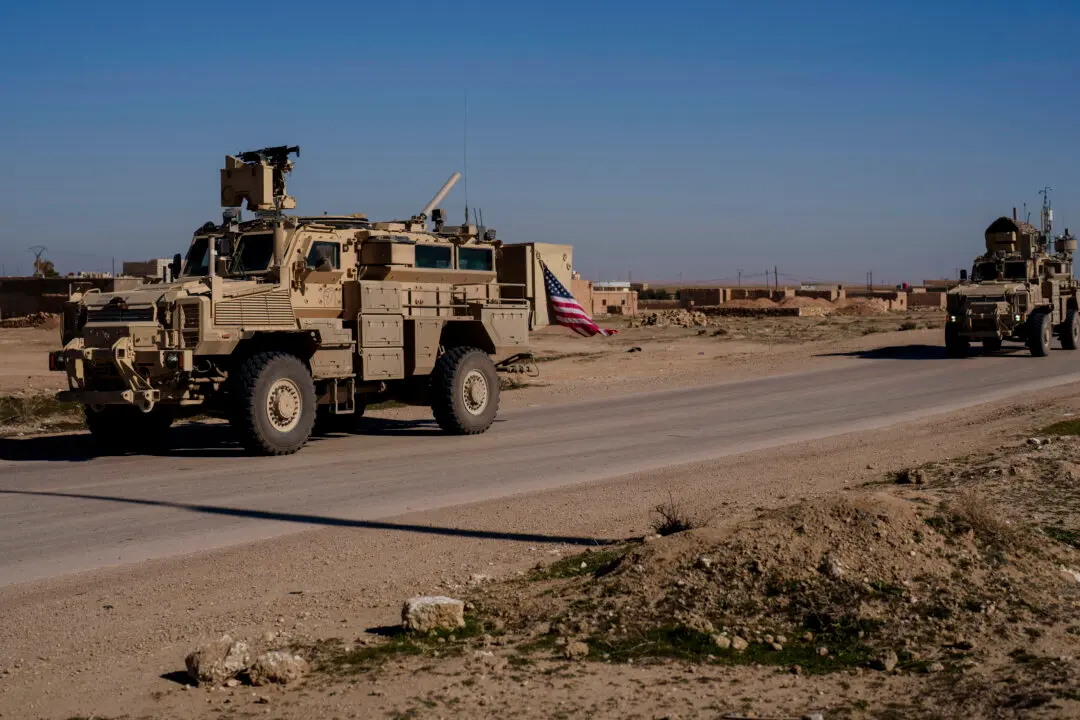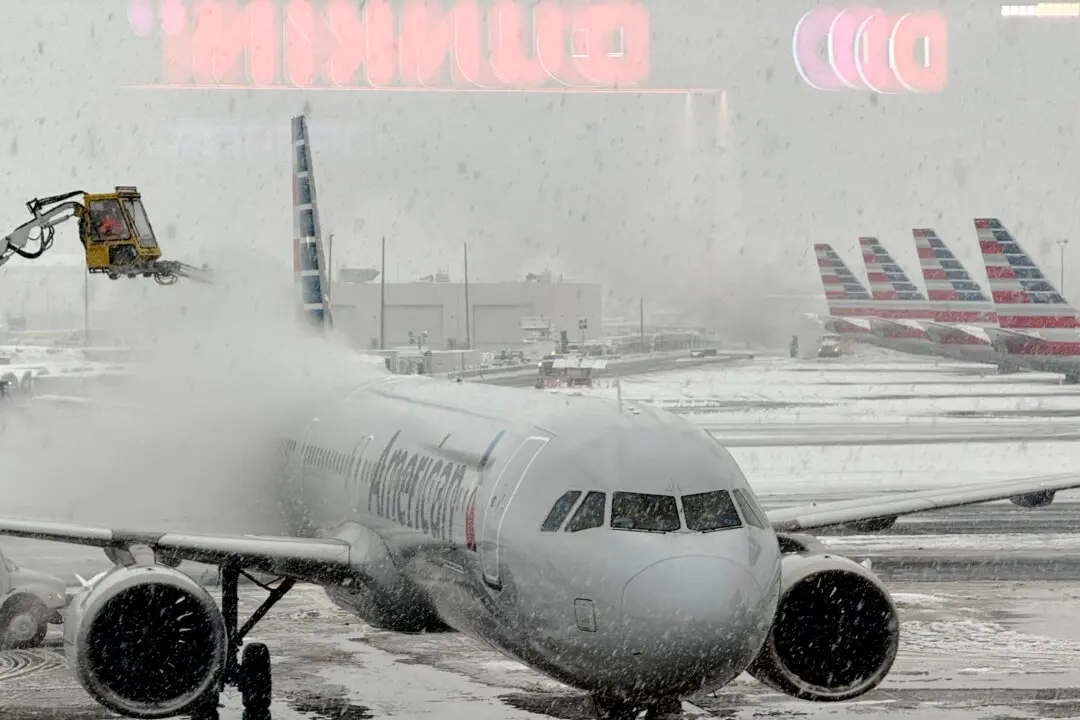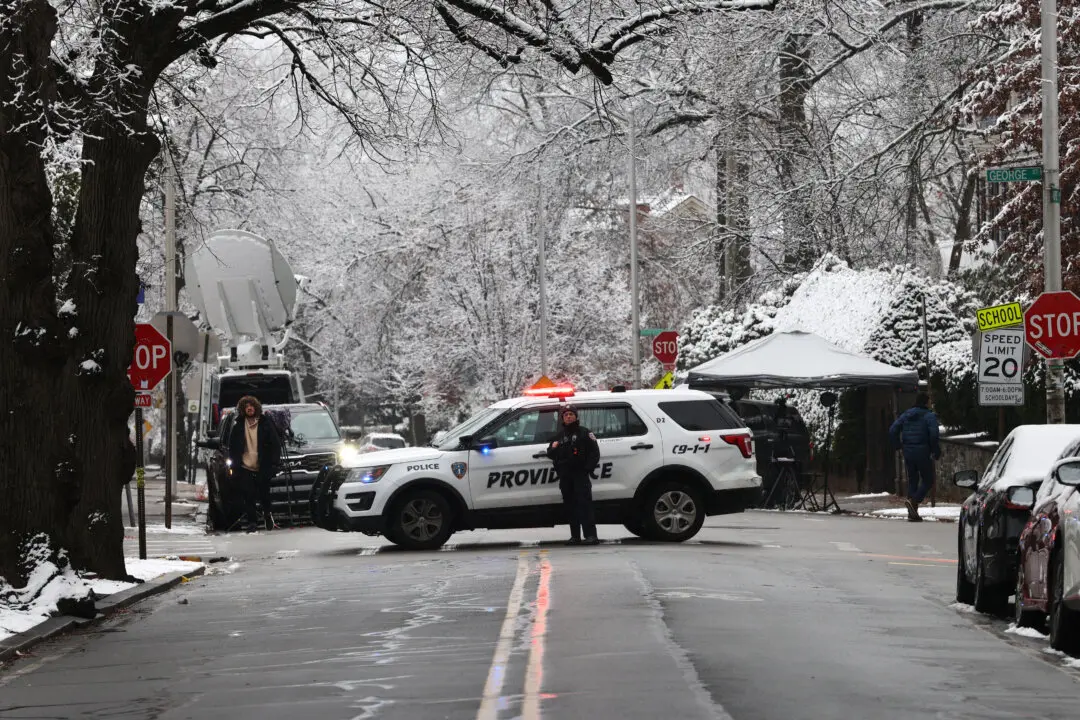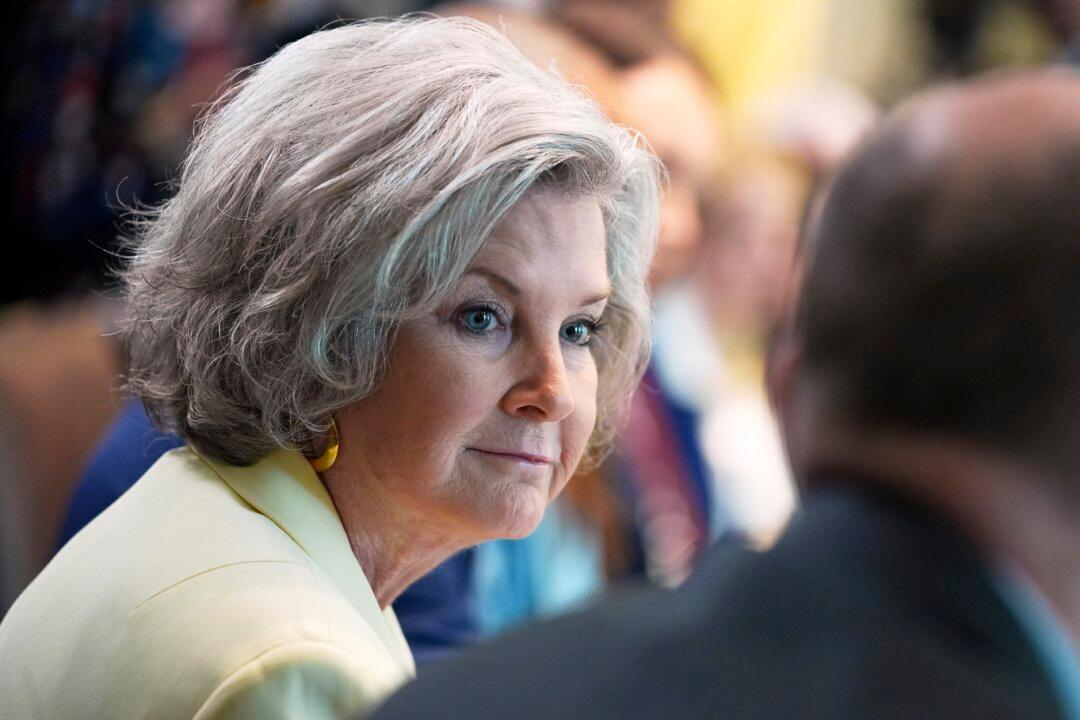The astronauts piloting the inaugural crewed flight of Boeing’s new Starliner spacecraft said on July 10 that they are confident the capsule will return them home safely, despite ongoing issues with its propulsion and thruster system.
NASA’s two veteran test pilots for Boeing’s CST-100 Starliner, Barry “Butch” Wilmore and Sunita “Suni” Williams, have been aboard the International Space Station (ISS) for nearly five weeks after successfully launching from Cape Canaveral, Florida, on June 5. They hosted a live briefing from the ISS with reporters on July 10 to discuss the future of the mission and efforts to resolve issues with Starliner before scheduling a return flight.
